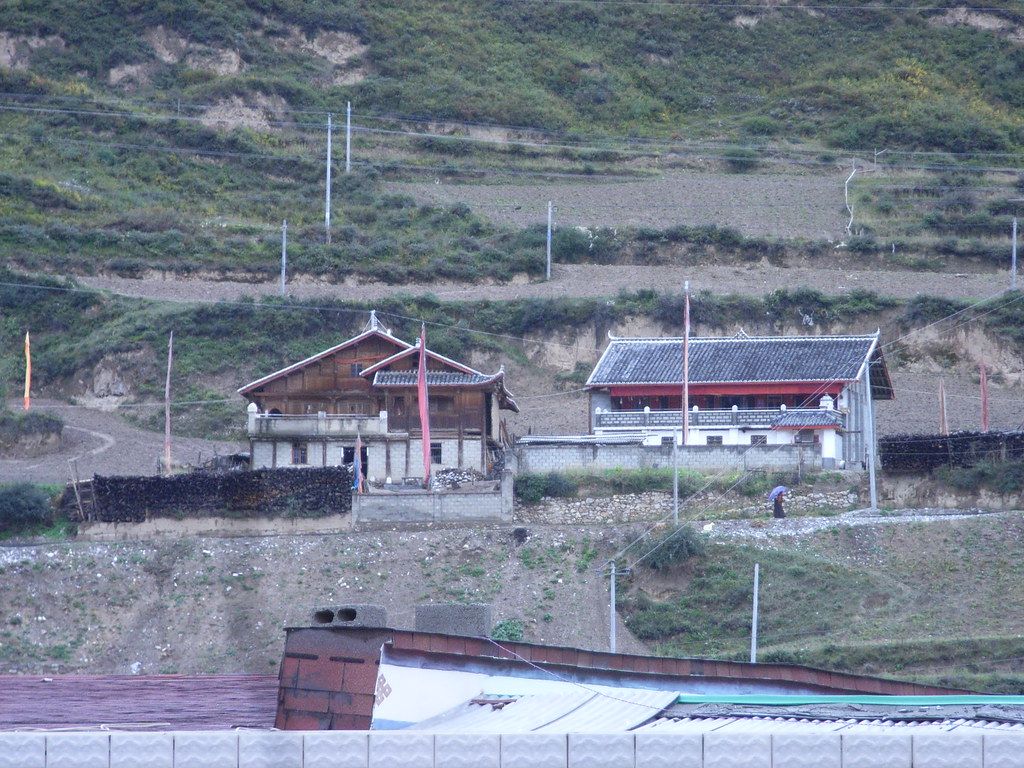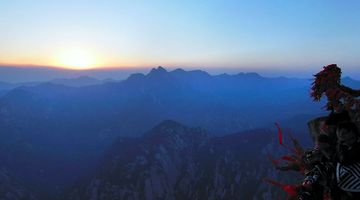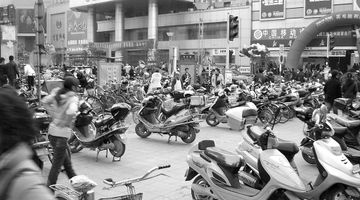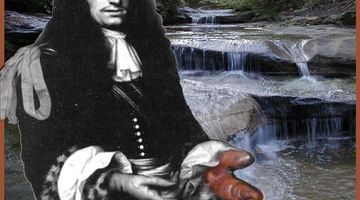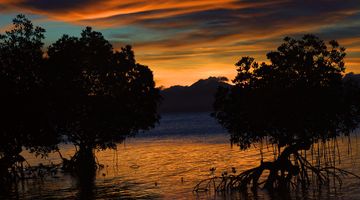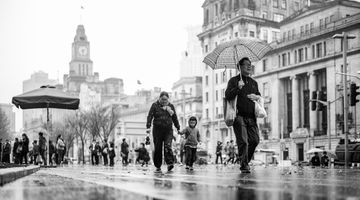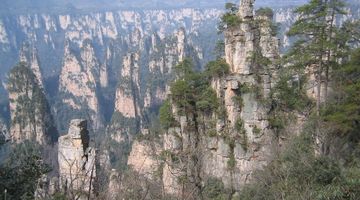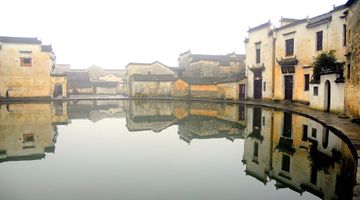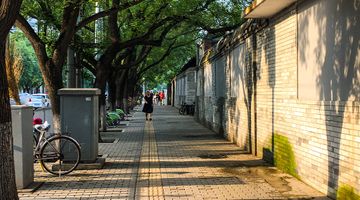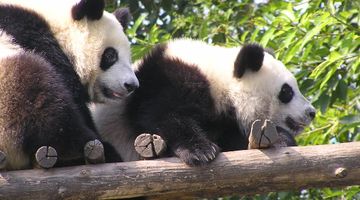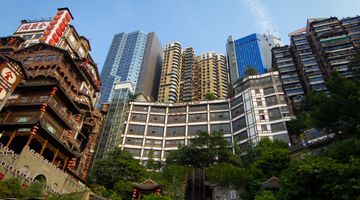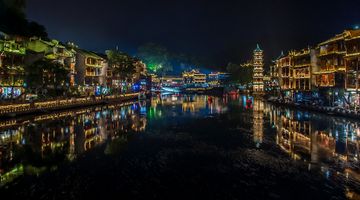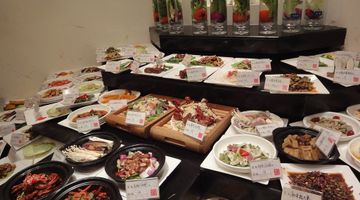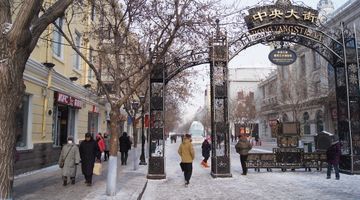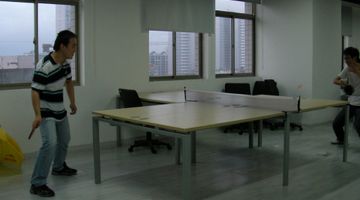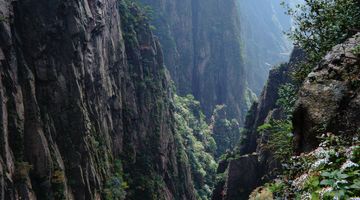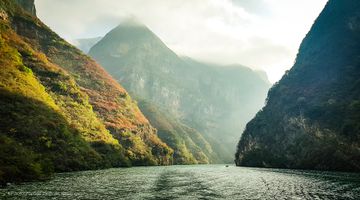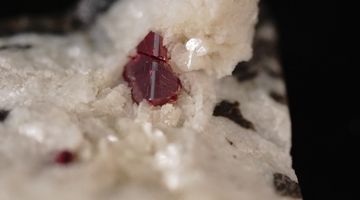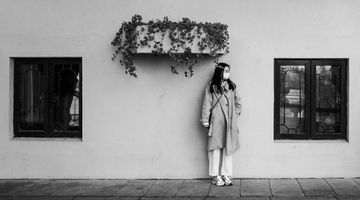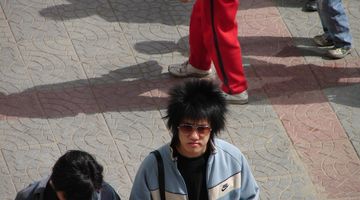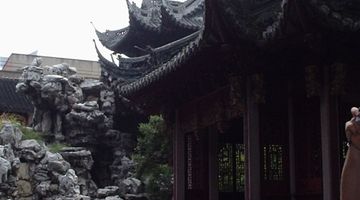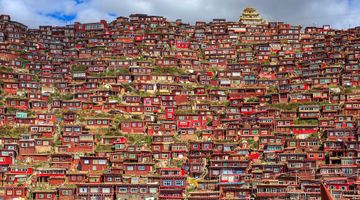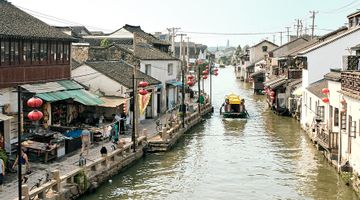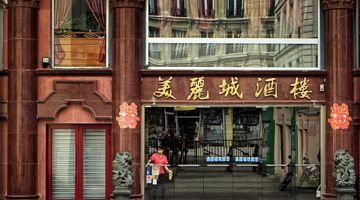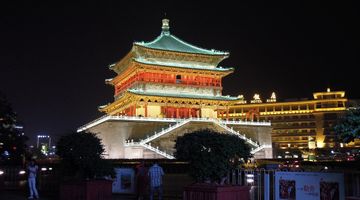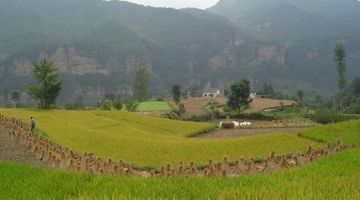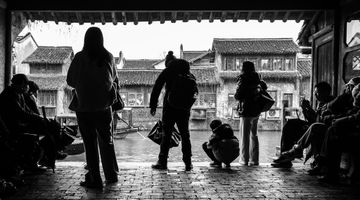Jiuzhaigou China – Your Quick Travel Guide
In a nutshell
Jiuzhaigou is a national park as well as being a nature reserve in the north of Sichuan province in China, it has been a UNESCO World Heritage Site since 1992 and was severely damaged by an earthquake in August 2017.
Why You Should Visit Jiuzhaigou
The Jiuzhaigou valley is known for its waterfalls, many of them are multi level, its colourful lakes as well as its snow capped peaks, it ranges in height from 2000 to over 4500 metres above sea level. The main scenic area is 350km to the north of the provincial capital of Chengdu in the Min Shan Mountains and stretches for some 80 km along three valleys, the Rize and the Zechawa valleys flow northwards where they meet at the centre of the park and become the Shuzheng valley. The name means ‘Valley of Nine Villages’ these are the nine ancient Tibetan villages that the 1000 or so local population call home.
The main tourist areas of these 3 valleys are to be found in 55km of roads that shuttle buses operate along. Each of the attractions is reached by boardwalks usually away from the road to keep vehicles and pedestrians safely apart. You simply walk to the end of the boardwalk and get on the next shuttle bus to the next attraction and then repeat the process.
The Rize Valley
This valley is best to visit first, it contains the largest variety of attractions in its 18km. it is best to go to its highest point and then you are walking downhill; some of the major attractions include The Primeval Forest. This is an ancient woodland area that has some views of the surrounding mountains and contains Sword Rock, a 500 metre high cliff. You will then pass several lakes before you reach Panda Lake, it is believed to be a lake that in the past wild pandas would come to drink from, although it has been several years since a panda has been seen here. The lake water drops 78m in three steps of the Panda Waterfall.
The Pearl Shoal is an area of wide gently flowing water that ends at the Pearl Waterfalls; it is a drop of 28m but is an impressive 310m wide.
The Zechawa Valley
This valley is the south eastern of the parks valley’s, it is of a similar length as that of the Rize Valley but it begins at a higher altitude with the Long Lake at 3150 metres above sea level. The crescent shaped Long Lake is the largest, deepest and highest altitude lake in Jiuzhaigou. It is 7.5km long and has a depth of 103 metres. It is an independent body of water, there are no waterways into or out of the lake. It collects water from melting snow and its level is maintained through natural seepage of water. Local legends claim that a monster lives in the deep waters of the lake.
From the largest lake you go to one of the smallest in Five-Colour Pond, it has rich colours within its shallow depth and is another with a legend attached. It is said to be the location where the Goddess Semo came to wash her hair with the water supplied each day by the God Dage.
The Shuzheng Valley
This valley is the most northerly of the three and is almost 15km in length. Travelling downhill in a northerly direction you will first come upon Nuorilang Falls which are close to the point where the three valleys join. This waterfall is 20 metres high and 320 metres wide, they are reported to be the widest highlands waterfall anywhere in China, and they are one of the symbols of the scenic area.
The Nuorilang Lakes and the Shuzheng Lakes are a series of 19 stepped lakes that have been formed in the past by glaciers. Some of these lakes have names like Rhinoceros, Tiger and Unknown Lakes. The Sleeping Dragon Lake has a depth of just 20 metres with a calcareous dyke running across the lake bottom. Its shape is said to be that of a sleeping dragon.
When is the Best Time to Visit Jiuzhaigou?
There is a vast difference between daytime and nighttime temperatures all year round and the mountain peaks are covered in snow all year. In the middle of the day the sun is strong and sunscreen will be required, at night even in the summer months a jacket will be required. The spring temperature is between 10 and 20C and the blooming flowers helps to make this an attractive time to visit. The summer sees the warmest temperatures up to 30C but out of the sun it can feel quite cool. July and August are when the area receives the most rain.
In the autumn the temperature begins to drop but this is probably the most picturesque time of year with the trees changing colour. The first week of October is the Chinese National Holiday and the park is at its peak for tourists. By late October the ground begins to freeze, especially at night. The winters are cold and mostly dry. The frozen waterfalls are like ice sculptures and many of the lakes are blue in colour when frozen.
Where to Stay in Jiuzhaigou
You are not permitted to stay overnight in the park, it is illegal. Some tour operators make claims contrary to this but the official view is that it is not to be done.
There are several hotels and hostels within a few minutes’ walk of the main entrance. It is advisable to stay at one of these and you can be one of the first in the park when it opens in the morning. Most of the hotels are not well insulated and can be cold in the winter, hot water for showers is restricted to a few hours in the evening and there can be power outages. Most of the hotels will only accept cash and prices can vary wildly across the seasons. Most of the hotels have a broad range of prices depending on the standard of room you require. There are some cheap international hostels close to the entrance; details can be found on sites such as hostelworld. Dorm beds from CNY35 and double rooms from CNY150.
Where and What to Eat in Jiuzhaigou
There is a HQ area in the centre of the park with a restaurant that does a buffet lunch of typical Chinese dishes for CNY60 per person. At the entrance there is a Chinese fast food outlet (Dico’s) selling chicken and fish burgers, fries etc at reasonable prices. Other vendors are selling noodles at inflated prices. Most of the food outlets are highly overpriced, even selling hot water for instant noodles for CNY10.
Here is an example of some prices inside the park. A dish of rice costs CNY30 or a small bowl of noodles for CNY15. A bottle of water that usually costs CNY1 or 2, being sold for CNY5 or 10. Take a stock of snack food with you, along with a flask of hot tea or coffee.
How to Get Around Jiuzhaigou
No personal transport and that includes bicycles is allowed inside the park. You will need to buy a bus pass to hop on and off of buses within the park, the system is very efficient and a bus comes along every few minutes. One good way to use the system is to take the bus all the way to the end then begin walking back towards the entrance and using buses from one attraction to another. Most visitors get off at the first attraction and are in a crowd all day, you might find you are going against the flow but it is the best way.
Take the bus between each attraction, there is a lot of walking but by combining the bus with walking at the attraction points you can cover everything in one day.
How to Get To and From Jiuahaigou
By air
You could fly into Jiuzhaigou Huanglong Airport from Chengdu, Beijing, Shanghai or Hangzhou. A one hour flight from Chengdu costs from CNY1090. The airport is about a 90 minute drive from the park entrance. A taxi will cost around CNY200, the shuttle bus (mini bus) costs CNY50 person.
By bus
You could also take a shuttle bus that stops at Huanglong Scenic Area before going on to Jiuzhaigou. The driver waits for four hours and you can easily tour the scenic area in that time. Tickets for this cost CNY120 each.
The main cities for direct buses to Jiuzhaigou are Chengdu, Xian and Chongqing. The journey from Chengdu is around 460km and takes between 8 and 11 hours. Most of the journey is spectacular as you travel along the winding mountain roads and through the valleys of the Fu and Min Rivers. Some tour companies will break the journey into two staying overnight in Mianyang or Maoxian.
Express bus services run from Xinnanmem and Chadianzi bus stations in Chengdu to Jiuzhaigou, they operate 2 or 3 buses each day depending upon the demand for seats. If you negotiate beforehand it is possible to take a taxi from Chengdu costing about CNY1200 and cheaper than flying if there are two or three people. This option is much more comfortable than the bus.
Fees and Permits
Tickets are sold each day from 7am until 5pm, the park is open from 7am until 7pm. the price is CNY220, and there are discounts of 50% for disabled visitors, students, and those aged between 60 and 70. Over 70’s have free entry.
A one day bus ticket costs CNY90, this is compulsory and you will need it as the park is too big to walk in one day.
Off peak tickets cost CNY80 and the bus ticket another CNY80. In the off peak season large parts of the park and some of the walking trails are closed. The furthest parts of the park are closed and the buses will not go there. You are not allowed to walk on the road designated for the buses (and when you see the way some of them drive, you will want to step on the road) and there are staff stopping people from walking along the roads. In the off peak season you can buy a second days entry ticket for CNY20 but it must be bought at the same time as you buy the first days ticket. The bus for the second day will still cost you CNY80. You do not need a second day’s ticket, with so much of the park closed during the off season you will cover everything in one day.
Restrictions on Travel to Jiuzhaigou Scenic Area
The park reopened on March 8th 2018 after the earthquake that struck this region in August 2017. At this time only tourist groups are allowed entry to the park, there is no entry for individuals. In addition to this entry is limited to 2000 people per day.
There is no mention of when this restriction will end or if this affects the fees or permit prices. I assume the tour organizers arrange the buying of tickets etc and then charge their customers whatever they deem to be adequate.
Is it Safe in Jiuzhaigou?
You could be at risk of altitude sickness with heights of above 3100m being accessible within the tourist areas.
In the winter months it can be extremely cold so you need to dress adequately for the conditions and be prepared with additional clothing should the weather conditions deteriorate.
Chinese people are not good at waiting in line and when the bus comes along they will not worry about pushing you (or anyone else) out of the way. Do not be polite, use your elbows or you will never get on the bus. When walking along the trails avoid walking on the edge and try to walk on the opposite side of the trail to the lake.
Very little English is spoken in this region, communication could be a problem.

